Three Applications Where Composites Beat Metals

For decades, various types of metals have been the go-material across most industries. In many applications, plastics are quickly replacing metals, and only what couldn’t be converted to plastic due to performance limitations has generally stayed metal. There is a material category that combines the strength of metal and the benefits of plastics. That category is composites, and we will explore three specific domains: aerospace, along with two applications in other industries, where thermoplastic composites are replacing metals in high-performance applications.
- Thermoplastic composites for complex shape metal replacement on mobility platforms.
- Thermoplastic composites for increasing the efficiency of industrial processing equipment.
- Thermoplastic composites for surgical instruments providing radiolucency during orthopedic operations.
Weight Reduction of Complex Shape Metal Replacement for Mobility
Some of the mobility platforms that are on the cutting edge include Commercial Planes, Urban Air Mobility (UAM), Drones, and mobile robotics (such as quadruped robots). These platforms benefit from weight reduction, scalable manufacturing for complex shapes, corrosion mitigation, and part consolidation. These benefits can be realized with a high-performance composite material combined with the knowledge and experience to manufacture components at production volumes.
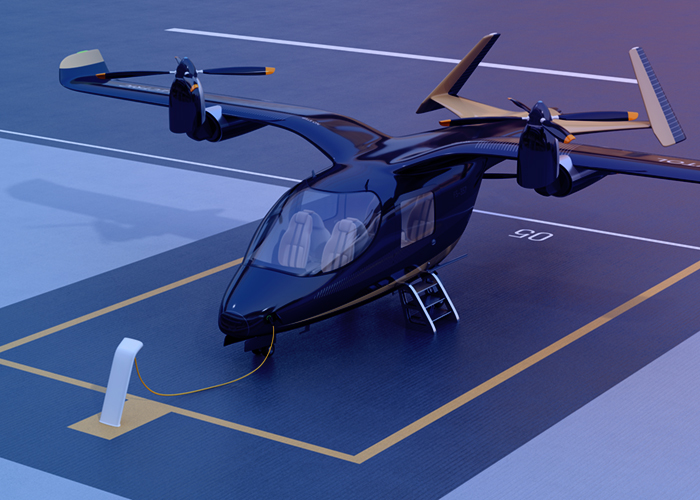
Most productionized metal component manufacturing requires subtractive methods that have material waste from CNC operations. There is a cost for the material and the time/energy for the machining. Not to mention the capital cost of the CNC machine. Composite components only use the material needed to mold the final part, and with net molding techniques, there is very little material waste and minimum post-processing. With metal components, there is typically a need to have multiple components that connect with hardware and machined-in features. These can be eliminated in net-molded components where part consolidation can bring faster assembly time, smaller BOMs, and simpler design with fewer failure points.
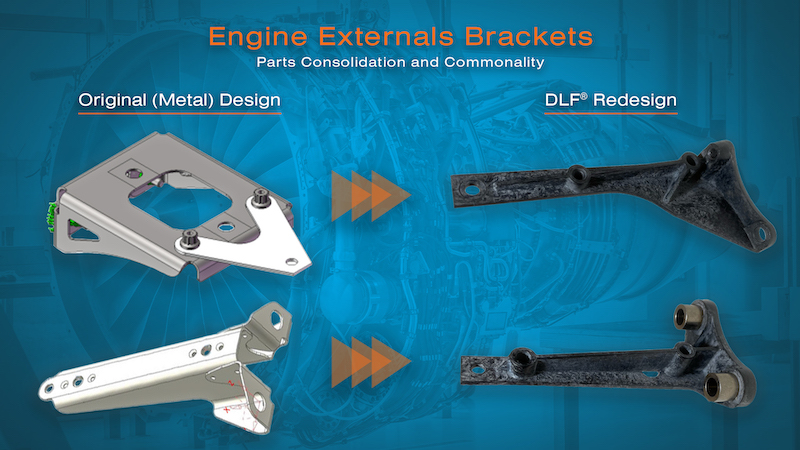
Enter the complex shape metal replacement capabilities of Greene Tweed with our Xycomp® DLF® material and manufacturing capabilities. We can deliver thermoplastic carbon fiber-reinforced net/near-net compression molded components with increased performance against injection molded plastics and the same application performance as the metal incumbent. All this is done while being able to scale up manufacturing enabled by Greene tweed’s approach to being a full-service partner for collaborative non-metallic solution development (including design, FEA, testing, evaluation, and concurrent engineering), and our use of manufacturing automation throughout the process.
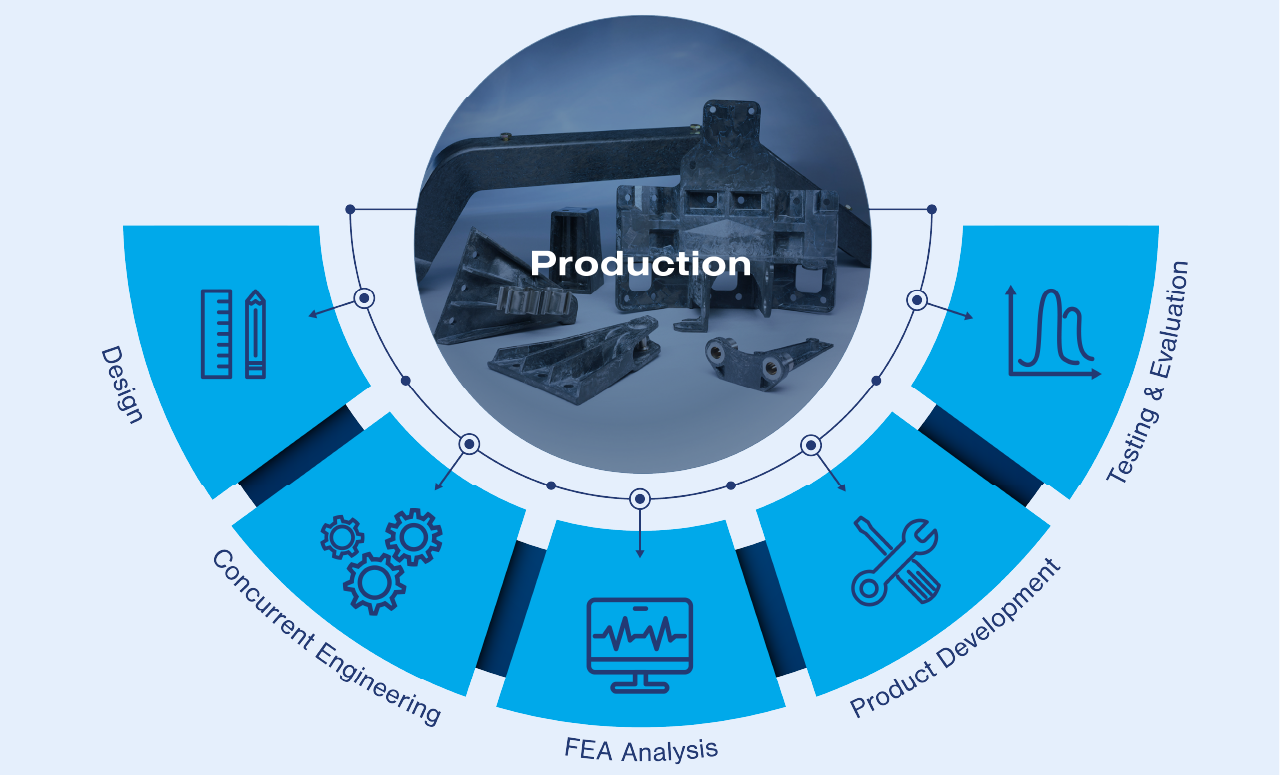
Improving Efficiency and Reliability of Centrifugal Pumps
In centrifugal pumps, wear materials are used as a buffer between rotating and stationary parts. Historically, these components have been metallic in nature. Since 2003, non-metallic materials have been recognized by API Standard 610 as suitable wear materials for such applications. Composite wear components can be installed with a smaller dynamic clearance than metallic components. A smaller dynamic clearance has two distinct advantages.
- First, the reduced clearance restricts the recirculation or escape of process media, thereby improving the throughput or efficiency of the equipment.
- Secondly, the reduced clearance generates increased fluid pressure around the shaft, which has a centering effect that stabilizes the shaft and reduces system vibration thus improving the reliability of the equipment.
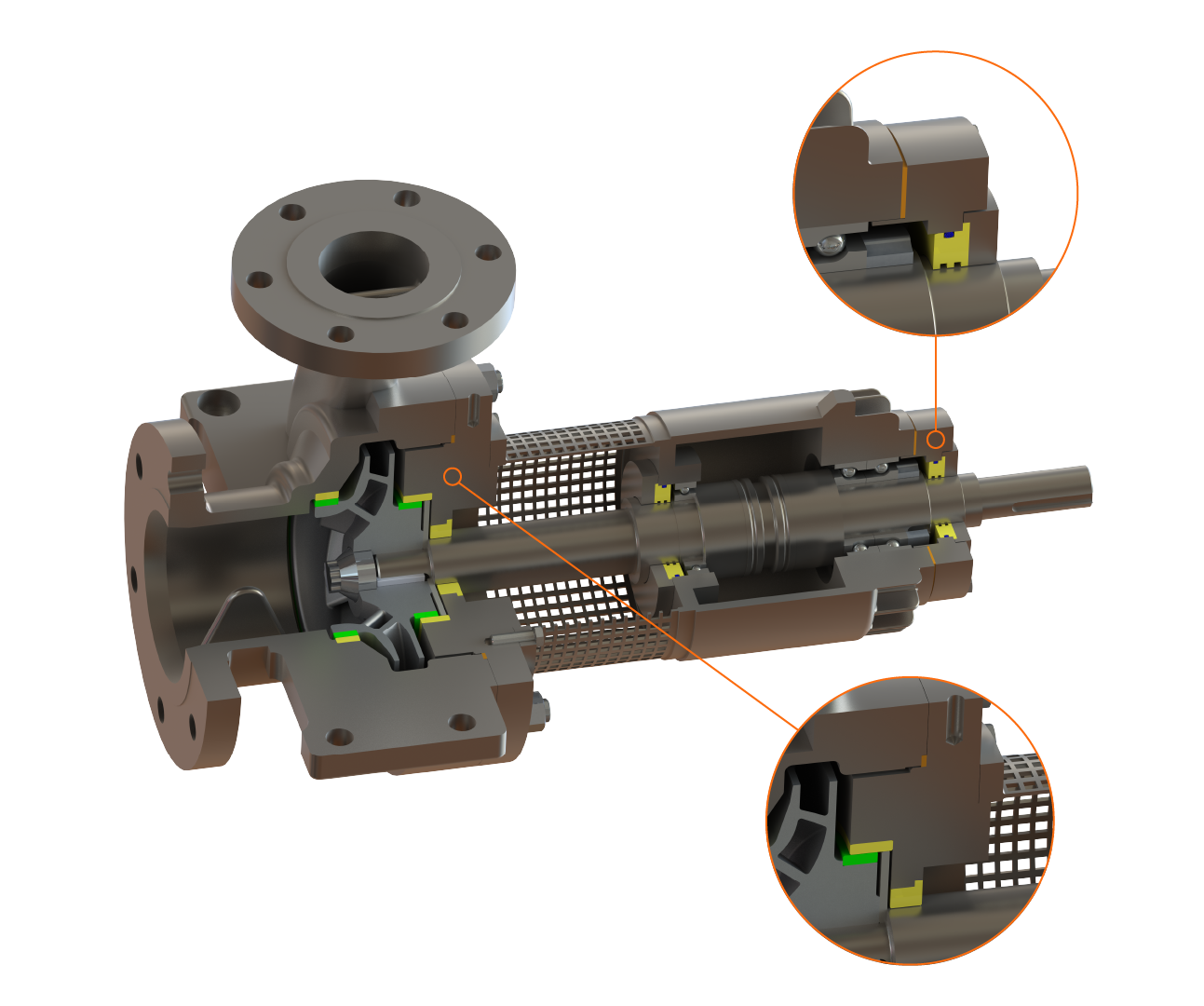
Why do those advantages matter? Well, centrifugal pumps are designed to operate under optimal conditions, including a fluid film between stationary and rotating elements within the equipment. However, unplanned incidents do occur, resulting in low levels of lubrication. These incidents can result in excess wear, damage to the pump shaft, galling of critical components, and even welding of shaft and metal wear components completely seizing the pump. Any of these outcomes can slow or even halt production.
Greene Tweed wear composites have excellent friction and wear properties that enable survival during such events and in extreme cases will mitigate the risk of damage to pump hardware by serving as sacrificial components. Proper dynamic clearance between rotating and stationary components is a critical factor in the performance and life of centrifugal pump components. Whether choosing a material for dry run, wear resistance, or erosion resistance, Greene Tweed has a portfolio of proven solutions for your application.
Radiolucent Surgical Instruments for Orthopedic Operations:
More than 2.8 million people are hospitalized with injuries annually [1], and accidents (unintentional injuries) were the fourth leading cause of death in the U.S. in 2020 after heart disease, cancer, and COVID-19 [2]. Accidents can result in a broken bone, which would be categorized as orthopedic trauma (among other breaks, tears, fractures, etc.). When repairing large bones (such as the femur or pelvis) a surgeon will use a guide for the nails and screws used to set and secure the bone. During these surgeries, the surgeon will need to take interoperative x-rays (called fluoroscopy). The CDC defines fluoroscopy as “a medical procedure that makes a real-time video of the movements inside a part of the body by passing x-rays through the body over a period of time” [3].
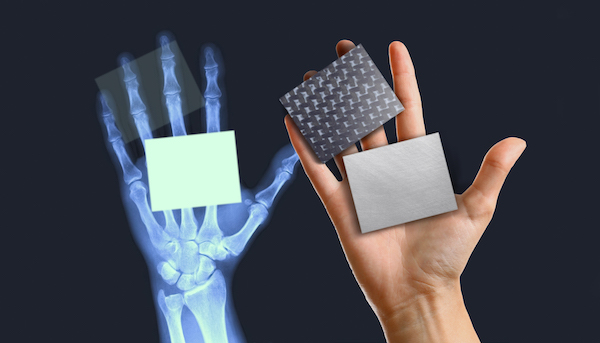
When it comes to guides (which can include cutting guides, drill guides, nail guides), retractors, detractors, forceps, and other instruments there are challenges with fluoroscopy when the instrument is made of metal. Especially for instruments that are routinely in the field of view during trauma surgeries. These instruments block the view of the trauma site for the surgeon during fluoroscopy. This can lead to additional fluoroscopy and moving of the equipment and/or patient, which results in longer surgery times.
If the instrument is made from a material that x-rays and fluoroscopy pass through, then the instrument will not completely block the view. This material property is called radiolucency, and for some of the instruments it is critical. If a surgical guide is radiolucent and doesn’t need to be moved during fluoroscopy this can help reduce the overall time spent in the operating room.
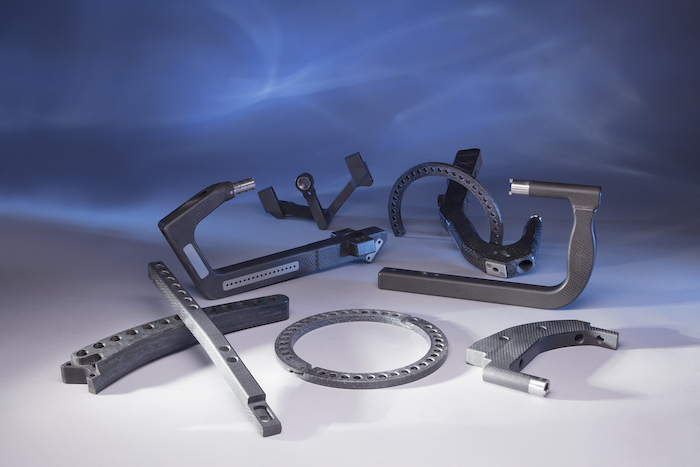
Designing an instrument with radiolucent material can be difficult. Metals like aluminum can’t take the forces applied to these guides. Typical injection molded plastic materials can’t be steam-sterilized via an autoclave (the most typical sterilization for surgical instruments). The only alternative material to a machined stainless-steel instrument that has a long service life in steam sterilization is a carbon fiber reinforced PEEK composite like Greene Tweeds Orthtek® material. Greene Tweed can provide this material in plate form up to 2.5” thick. The thicker material allows for greater flexibility in instrument design and manufacturing. Greene Tweed also has the capability to manufacture semi-finished components and the final instruments incorporating metal hardware.
References:
[1] CDC Injury Center, Nonfatal Injury Data, Nonfatal Injury Distribution by Disposition, Estimated Number, 2020 - https://wisqars.cdc.gov/data/lcd/home
[2] CDC Injury Center, Nonfatal Injury Data, 10 Leading Causes of Death, United States, Estimated Number, 2020 - https://wisqars.cdc.gov/data/lcd/home
[3] CDC, Radiation in Healthcare, Fluoroscopy - https://www.cdc.gov/nceh/radiation/fluoroscopy.html